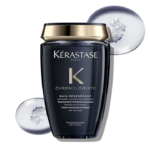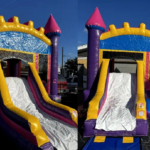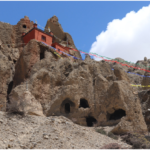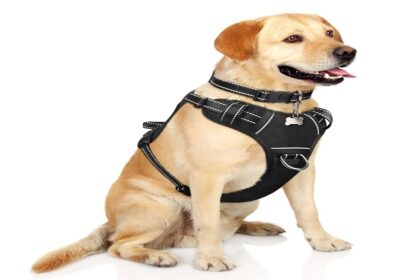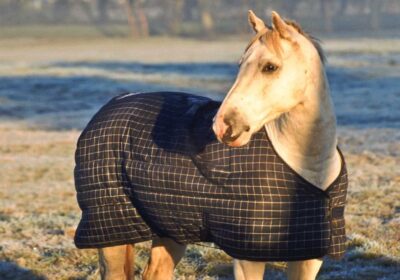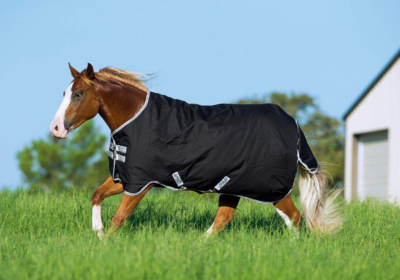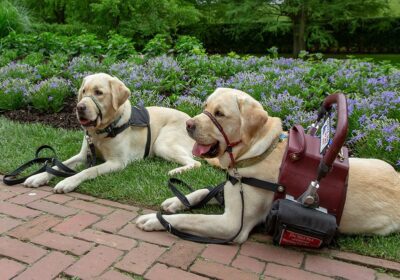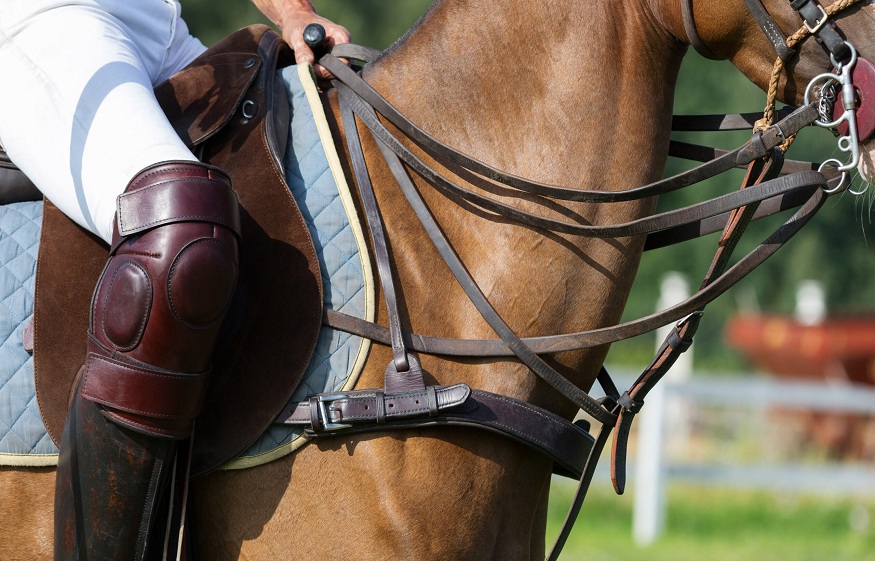
Why The Size Of The Horse Saddle Matter?
The saddle is a piece of gear strapped to the horse’s back to support, soothe, and balance both the horse and rider. Depending on the desired discipline, they are available in various shapes, sizes, colors, and brands.
The rider and the horse can enjoy and feel fulfilled in horseback riding. However, poorly fitted saddles for horses can make the horse feel uncomfortable, hurt, and ill. That’s why size matters when it comes to saddles.
What does the term “saddle size” mean?
Saddles are typically measured in inches and are available in a wide range of sizes and styles. Pony saddles typically range in size from 14″ to 16.5″, but most horses require between 17″ and 18″ saddles.
If you are not sure how to determine the seat size of your present saddles or a waterproof horse blanket, you can speak with a professional.
Why does size matters
The saddle must be sized appropriately for the horse or rider to perform to their full potential. If the saddle is too small or huge for the rider and the horse, performance will be reduced.
It is simpler for the rider to keep a proper and stable position while remaining at ease and balanced in their entire preferred paces and disciplines when the saddle is the proper size.
The horse can move through its body appropriately when the saddle is the proper size, lowering the danger of injury or muscle compensation in important places, such as the neck or back.
When a rider’s saddle is the wrong size, they struggle to stay balanced and move in sync with the horse, making them uncomfortable. Unintentionally doing so can lead to pressure points most frequently observed on a horse’s back. Most riders discover that they are strapped behind the horse’s motion or they struggle to sit centrally on the saddle seat if the saddle size is too large. The lack of space on the seat and saddle flaps causes some discomfort for riders riding in a too-small saddle.
When the saddle is the wrong size for the horse, the horse may experience pain, discomfort, or even back damage. The saddle runs the danger of pinching if it is excessively short. The horse may be unable to move through its back if the saddle is excessively lengthy. In either case, the horse’s dorsal spinal processes (DSPs), which are important for the horse’s skeletal and mechanical setup, risk harm because the saddle is no longer supported while placed on the animal’s back.
How to determine the right size
Analyzing the horse’s body shape is the first step in choosing the proper weatherbeeta elite saddle pad fit. The horse’s withers, spine, and back are all measured in this process. The horse’s breed and the rider’s discipline should also be taken into account, as various riding techniques call for various saddle types.
You can begin trying on saddles once you have a general concept of the horse’s body type and the best kind of saddle for your riding requirements. It’s crucial to pick a comfortable saddle for the rider and the proper size and form for the horse’s back.

